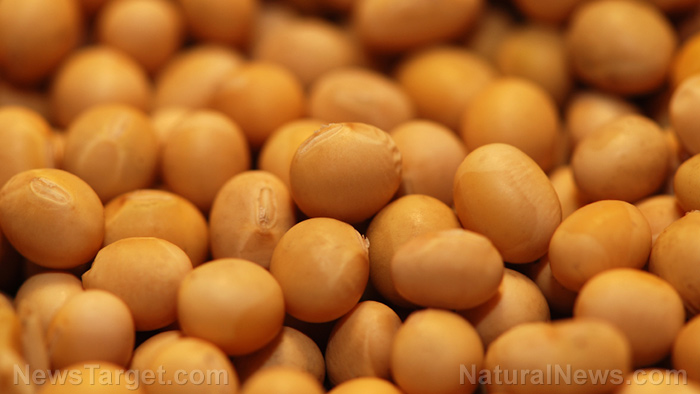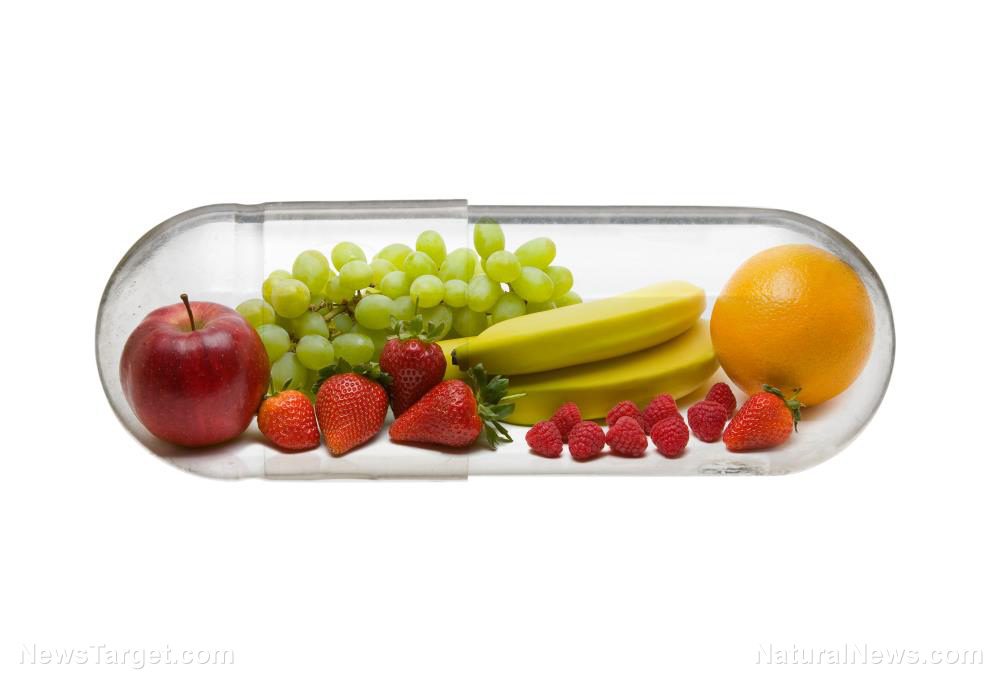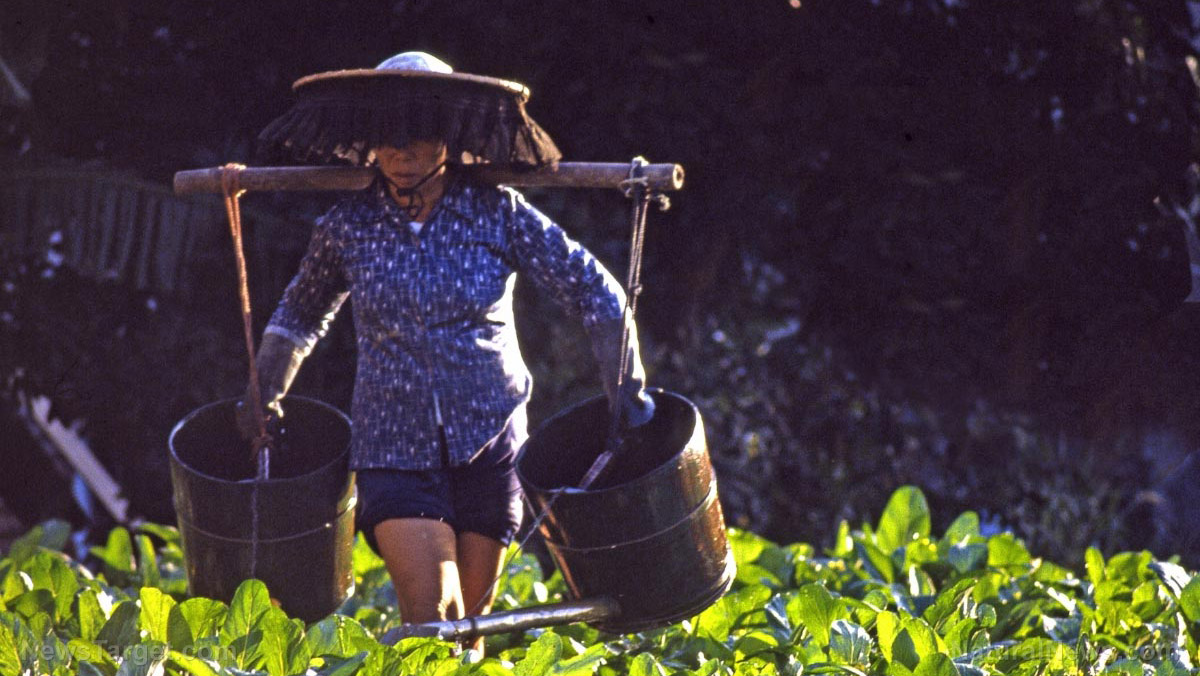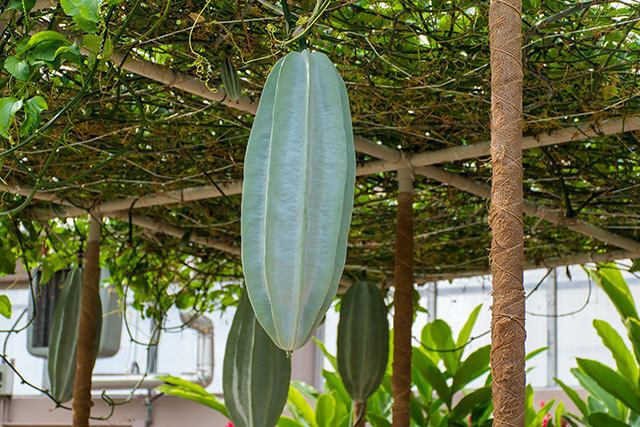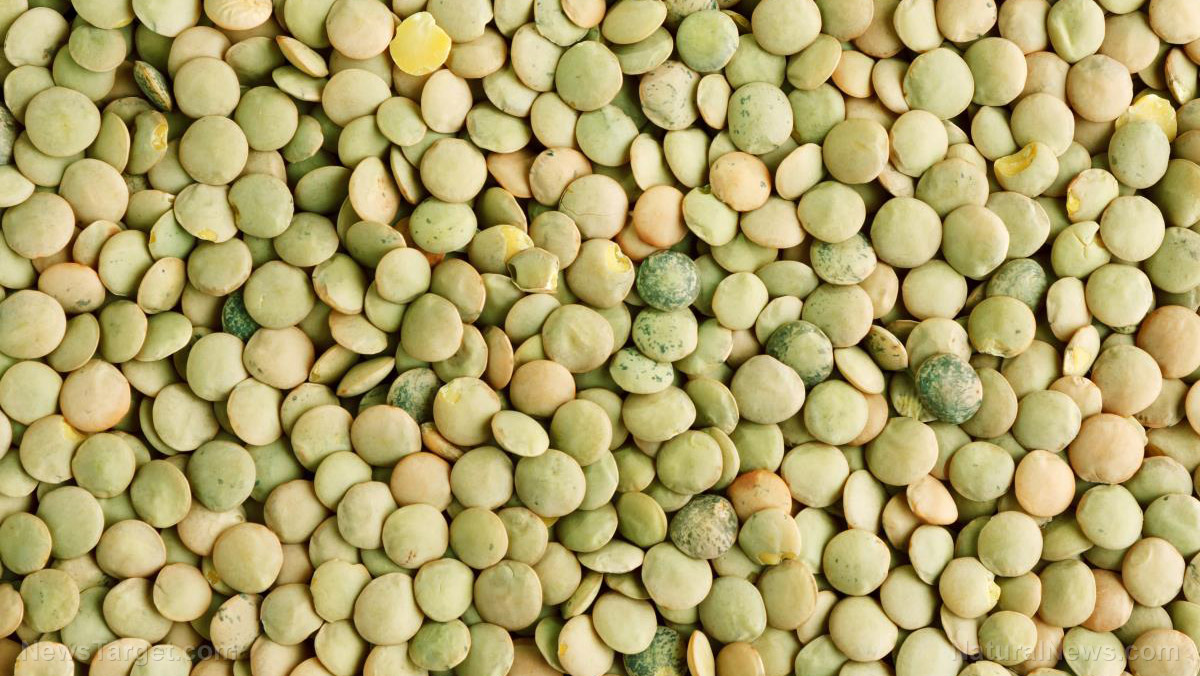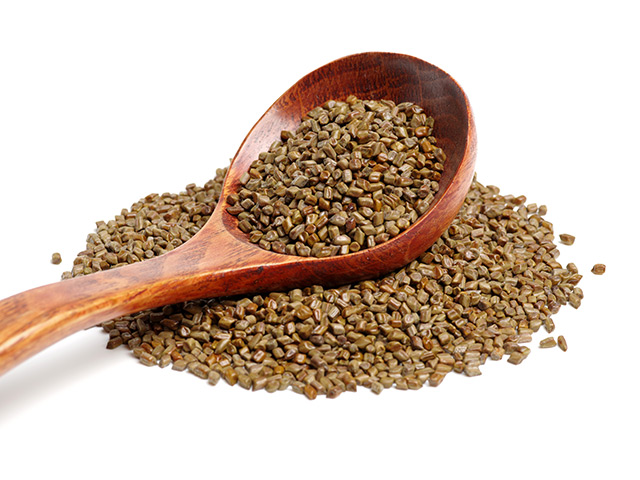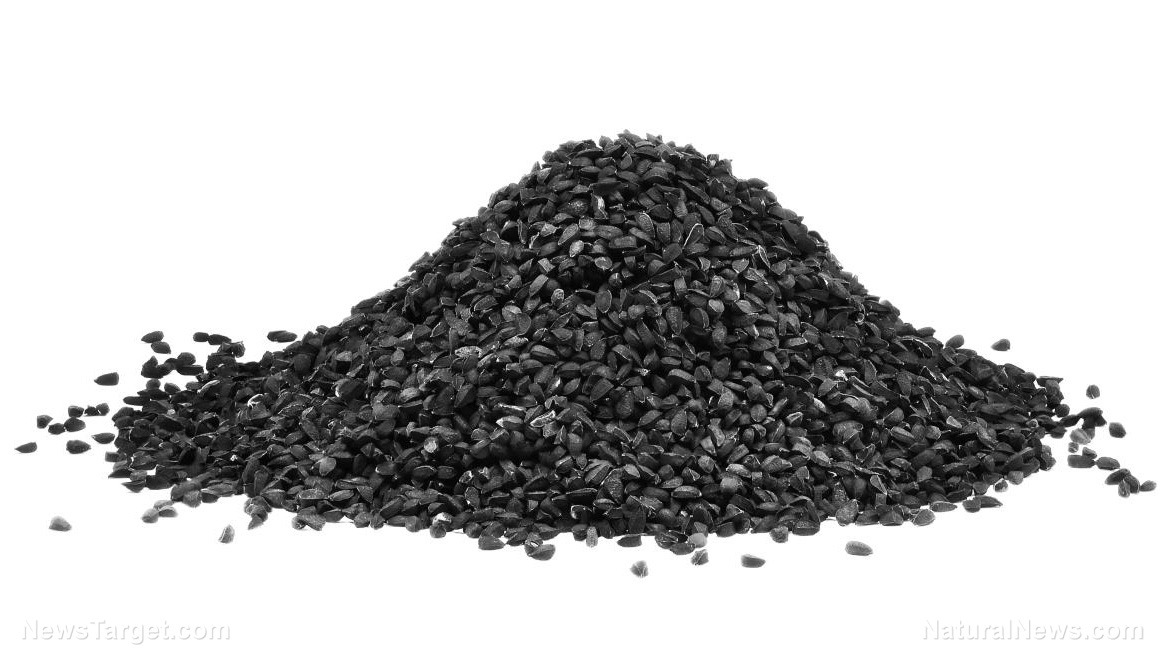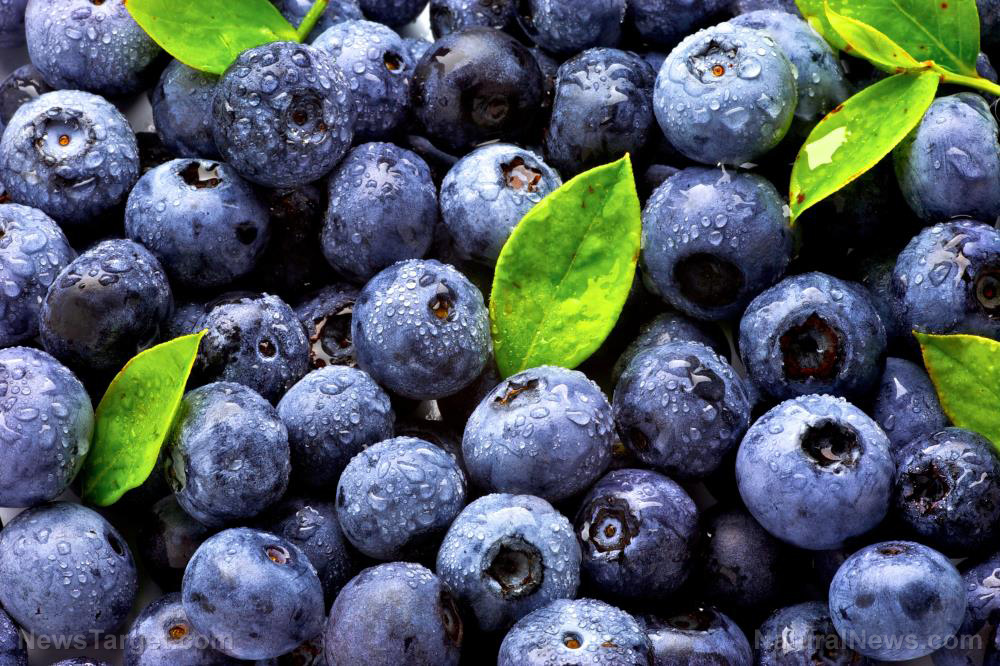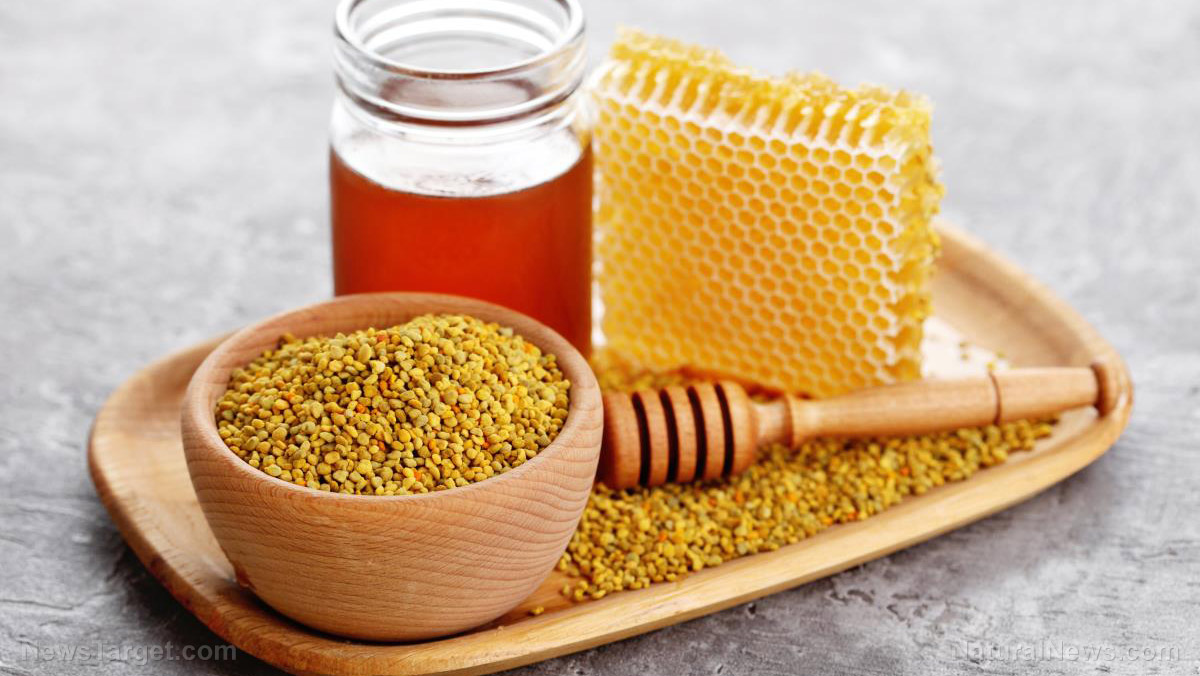Technology for plants: Engineers have developed sensors for leaves, enabling farmers to capture more detailed data about their crops
01/09/2018 / By Ralph Flores
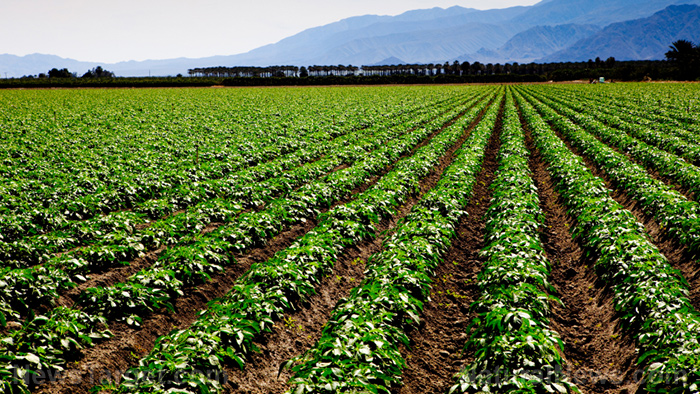
The future of science and technology is looking up — and it’s not just for man and machine. Plants are also getting in on the action, thanks to innovations like the “low-cost, easily produced, graphene-based, sensors-on-tape.” Despite the long description, this wearable sensor tape can be easily stuck to a plant, which, in turn, will allow data to be collected and used by both researchers and farmers alike. Developments regarding the sensor tape have been published in the journal Advanced Materials Technologies.
“With a tool like this, we can begin to breed plants that are more efficient in using water,” according to Patrick Schnable, a plant scientist at Iowa State University. “That’s exciting. We couldn’t do this before. But, once we can measure something, we can begin to understand it.”
The wearable device opens up a lot of possibilities, particularly for farmers, mainly because of the sensor that makes water measurement possible. This graphene-based sensor can give accurate measurements, such as the time needed by crops and the amount of water needed to reach their full potential.
Graphene is dubbed as the “thinnest material on earth.” It’s a carbon honeycomb that’s described to be just an atom thick. However, it’s 200 times stronger than steel. It’s a great conductor for electricity and heat and can maintain a stable shape. Earlier applications of graphene have included smart gloves that contain “wearable strain and pressure sensors,” which are used to measure movements in the hand. (Related: Graphene achieves superconductivity breakthrough: A whole new way to move electrons without resistance)
The various sensors, as well as the “simple and versatile method for patterning and transferring graphene-based nanomaterials” that were used to build the flexible sensors, are made by the researchers with cost efficiency and high performance in mind.
To create the wearable plant sensor, engineers utilized a small graphene sensor, which they call a “plant tattoo sensor.” This was made by carving patterns on a polymer block, then filling it with a liquid graphene solution. After the filling was refined, engineers were able to make an ultra-thin sensor, with patterns as small as five-millionths of a meter wide, smaller than the human hair.
“This fabrication process is very simple,” according to lead researcher Liang Dong. “You just use tape to manufacture these sensors. The cost is just cents.”
For the graphene-based tape sensor, engineers used graphene oxide, a chemical composition of graphene that is very sensitive to water vapor. With this as the base material for the tape sensors, the presence of water vapor in the air will change the material’s conductivity. This change is then measured to accurately record transpiration (the release of water vapor) from plants.
“The most exciting application of the tape-based sensors we’ve tested so far is the plant sensor,” Dong quipped. “The concept of wearable electronic sensors for plants is brand new. And the plant sensors are so tiny they can detect transpiration from plants, but they won’t affect plant growth or crop production.”
Engineers of the project are not stopping with the plant sensors. This technology has the possibility to lend itself to a variety of applications, researchers explained. Some examples would include biomedical diagnostics, engineering, as well as the environment.
A separate study from Leiden University has provided additional properties for graphene, mainly it being hydrophilic (water-attracting). This expands the use of the material, as it can be a more suitable material for future biosensors.
Learn more about technological advances made with graphene at Discoveries.news.
Sources include:
Tagged Under: agriculture, biomedical diagnostics, crop yields, food production, food science, food supply, future tech, Graphene, graphene sensors, plant sensors, technology


